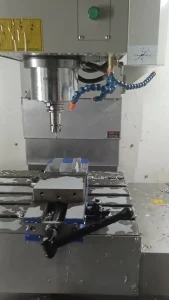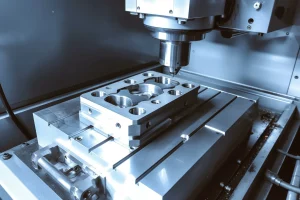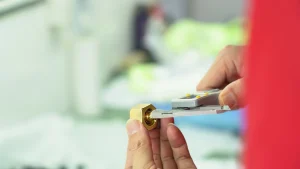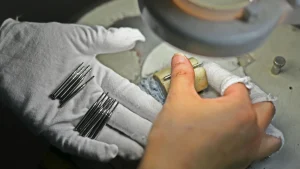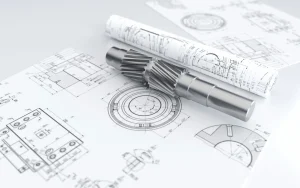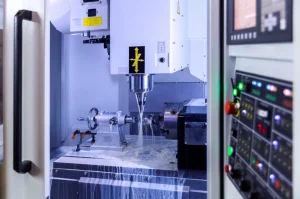In CNC machining, surface accuracy is one of the most critical indicators of part quality, directly affecting assembly precision, wear resistance, and overall product performance. However, due to machining parameters, tool conditions, and operational errors, poor surface accuracy often occurs. Below is an analysis of the common causes and corresponding improvement methods to help optimize machining quality.
Causes of Poor Surface Accuracy:
- Improper cutting parameters, resulting in rough workpiece surfaces
- Blurred tool edges
- Tool clamping too long, with excessive tool clearance
- Improper chip removal, air blowing, and oil flushing
- Programming tool feed method (consider down milling if possible)
- Burrs on precision CNC machined workpieces
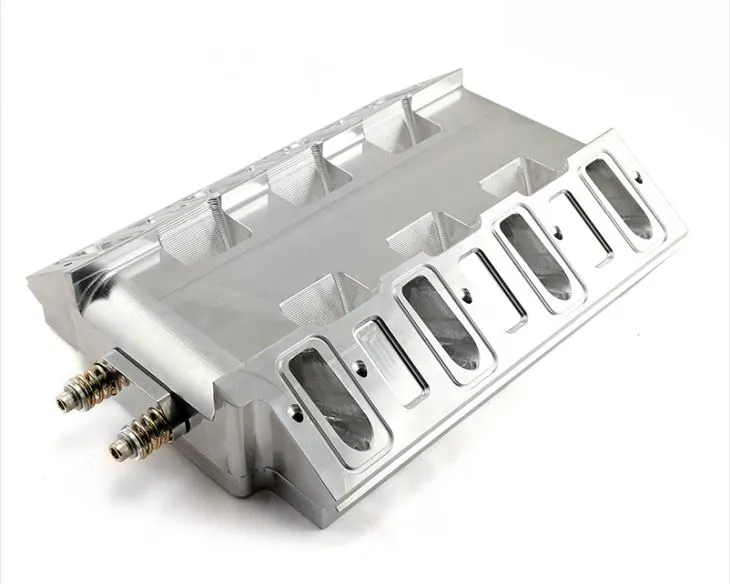
Improvement Methods:
- Ensure proper settings for cutting parameters, tolerances, stock allowances, and speed and feedrates
- Operators should regularly inspect and replace tools
- When clamping tools, operators should ensure they are as short as possible, with minimal tool clearances
- Ensure proper speed and feedrate settings for downcuts with flat, round, and round nose tools
- Workpiece burrs: This is directly related to the machine tool, tool, and tool feed method. Understanding the machine tool’s performance is crucial for correcting burred edges.

